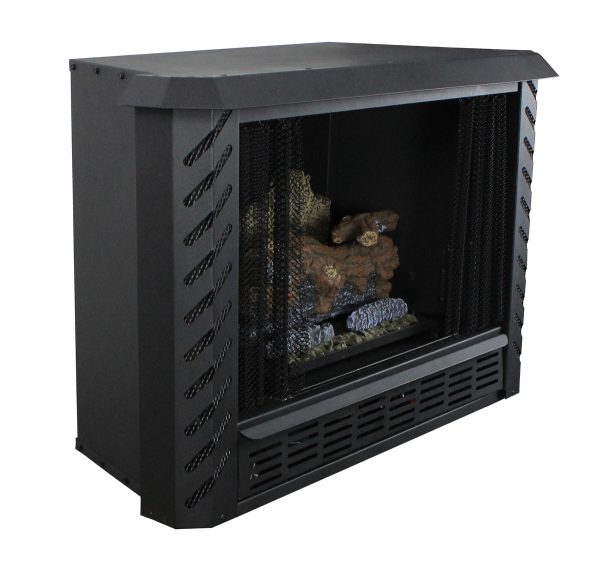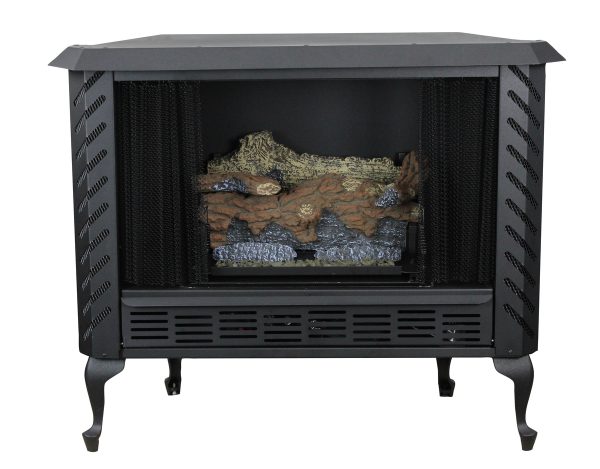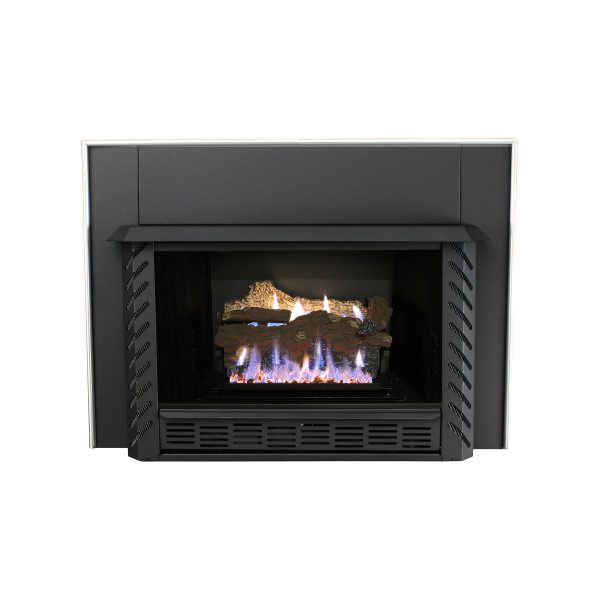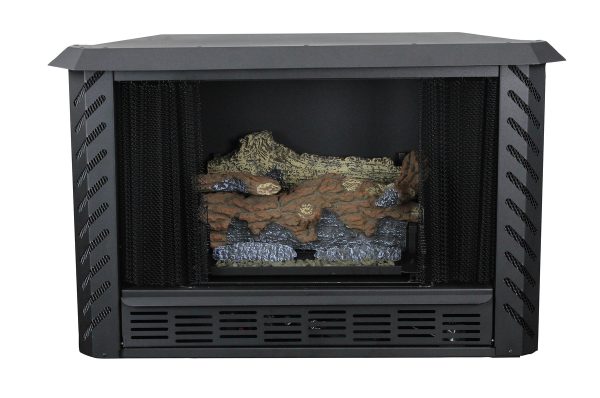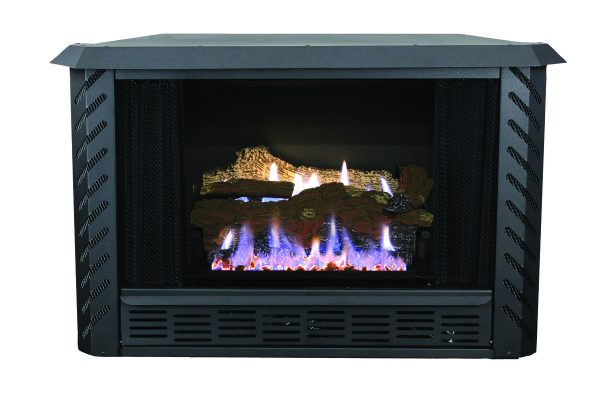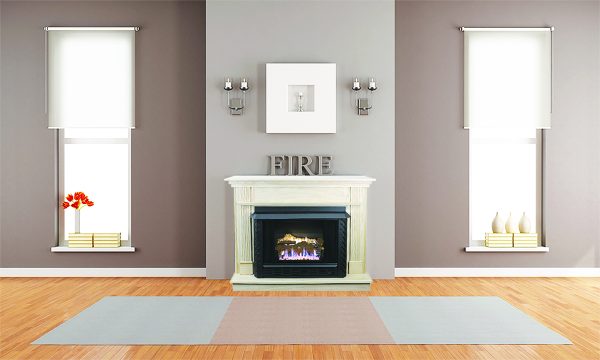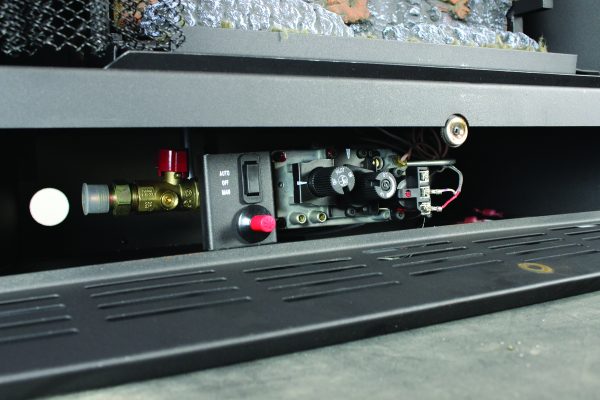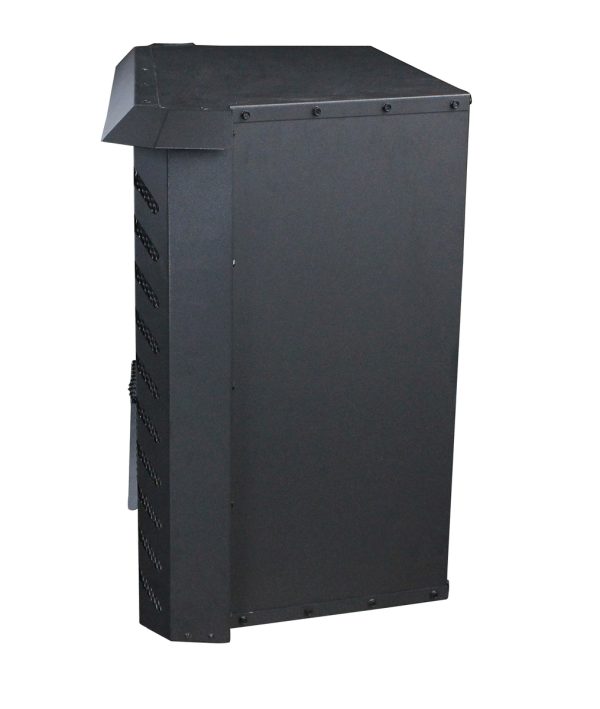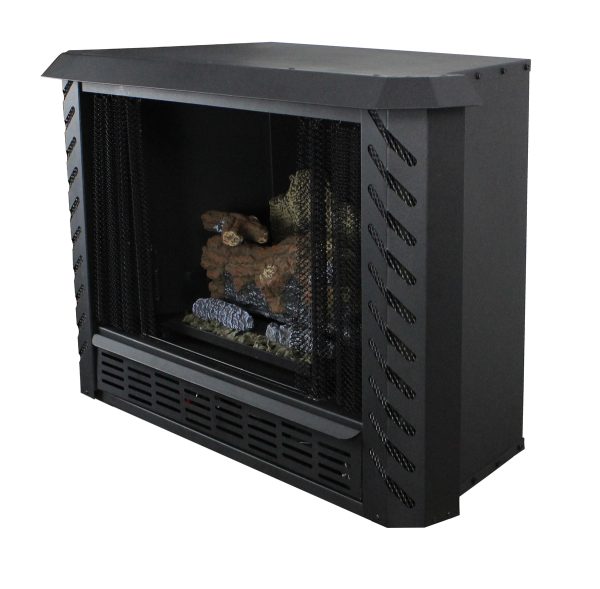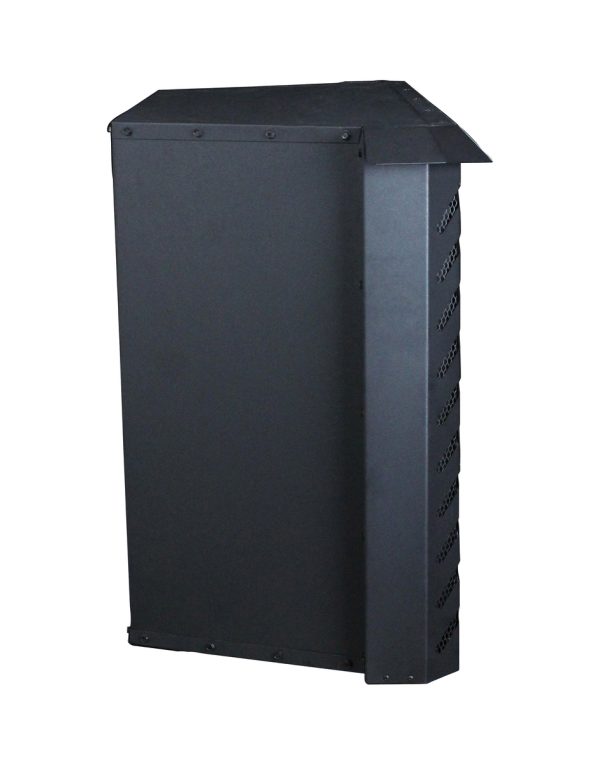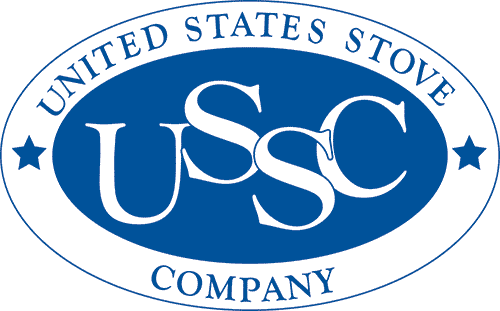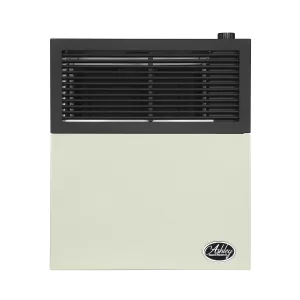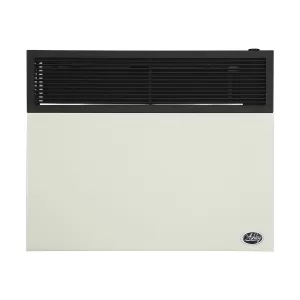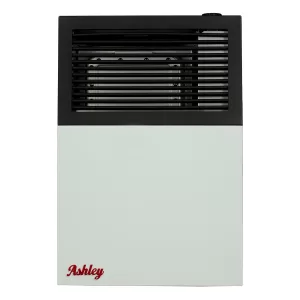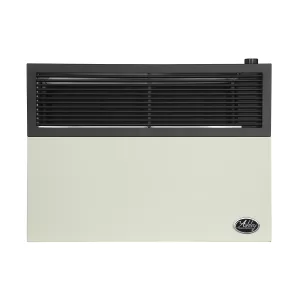1,200 Sq. Ft. Single-Burner Vent Free Natural Gas Stove
The Ashley AGVF340N is a classic vent free fireplace designed to fit any heating application and room style. By itself, this kit can be placed in zero clearance fireplaces and custom mantel applications. It can also be installed as a conversion fireplace insert with the optional insert kit (AG34IK). It can also function as a free standing classic stove with cast iron queen legs by adding the optional leg kit (AG34LK). Finally, it can be placed in a wood mantel kit to add a fireplace mantel to any wall and room. Because this is a certified vent-free stove, there is no flue or chimney needed for installation. Setup requires hooking up your gas supply, placing the ceramic fiber log kit, and plugging in the included electric blower. The gas controls for this stove are hidden below the stove behind the fold down door. You can also hook up a thermostat to these controls to allow the stove to maintain your perfect room temperature. This unit is available in both natural gas and propane valve configurations. Adding to the style of this fireplace are the wonderfully realistic logs and burner set that provide a lifelike flame. Best of all, this unit is vent free so you don’t need to install a chimney and it is 99 percent efficient.
Model #: AGVF340N
Additional Information:
- For optional leg kit, purchase the AG34LK
- For optional insert kit, purchase AG34IK
- Hidden controls are hookup ready for any standard millivolt thermostat
- For optional mantle kit, purchase AG34MK
- Comes with 14 inch gas hookup hose
- Log set included
- Heats up to 1,200 square foot
- Up to 34,000 BTU heat output
- Vent free for easy installation
| Assembled Width (in) | 38 |
| Package Weight | 110 |
| Package Width | 29.5 |
| Package Height | 35.5 |
| Assembled Depth (in) | 16.5 |
| Package Depth | 24.5 |
| Assembled Height (in) | 23.75 |
No rows found.

